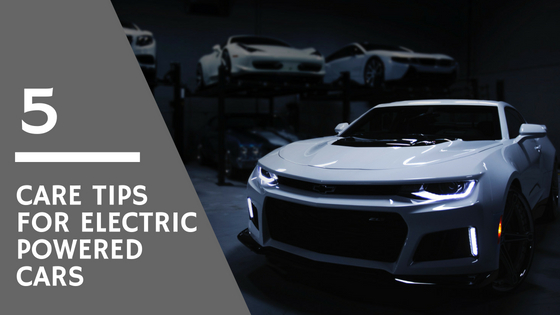There’s no denying that completely electric cars are the future, giving us a way to reduce our dependence on oil. They’re also eco-friendly, which means we can help to save the environment, while we also save money and resources. However, getting your first electric powered car will require some adjusting if you’re used to driving a traditional type of car. For instance, they require special care and a certain amount of knowledge to give them the necessary care in order to make them last; you can’t approach electric car maintenance quite the same as a regular car.
Brakes – The brakes on an electrically powered car are different a little different. They use a regenerative braking system, which relies on power stored in the battery. This helps the brake pads last longer and will keep you from facing as many costly replacements, though it’s still important to remember to be gentle with your brakes.
Tire Rotation – With electronically powered vehicles, tire rotation is pretty similar to that of a traditional car, though the guidelines from the car’s manufacturer may vary depending on the type of EV you drive. For most electric cars, if you take proper car of your vehicle, you should be able to keep the same tires for an extended amount of time.
Coolant System – Unfortunately, this is one area in which there has been little change if you have an EV. It will still be necessary to monitor coolant levels and to top it off when it gets low. Just as is true with gas-powered vehicles, it will also be necessary to replace the fuel every so often in your coolant system. Talk with an automotive technician experienced in working on electric cars to determine the right coolant maintenance schedule for your vehicle.
Fluids – Most of your vehicle’s fluids will be sealed in the engine and will not need to be checked. However, it’s still necessary to monitor and replace brake fluid and windshield washer fluid. The owner’s manual for your vehicle will specify what types of fluids to use and how much to add.
Battery – The nickel-metal-hydride, lithium-ion battery pack that operates your car needs maintenance and care. While this power supply does have a limited lifetime, many manufacturers offer a warranty that covers the system for up to eight years or up to 100,000 miles. That warranty may be longer in some states.
Your best bet is to sell the car, before the battery needs to be replaced, or to lease the car from a dealer. In other cases, replacing the battery can cost as much as $6,000. That estimate accounts for the $1,000 credit you will receive for turning in the old battery pack.
The best thing about electric cars is that many of the upkeep costs have been eliminated. There’s no longer a need for oil changes and tune-ups with completely electric powered vehicles, as with traditional fuel-powered cars and trucks. This means you can enjoy your vehicle for longer and without the additional expenses.

